- Learning time
- 10 minutes
- First play time
- 30 minutes
High Society
Designed by: Reiner Knizia
In High Society players are bidding on the luxuries of the mega-rich. Everyone starts with a set of bidding cards and then a central deck of Luxury cards is turned over one by one – these have a point value at the end of the game that ranges from 1 to 10, and the person who has the most points when the game finishes is the winner – unless that is, you have spent the most money. The player with the least money left in their hand is automatically last, no matter how many points they have.
It’s this that makes High Society so tense, as the points leader at any point isn’t necessarily the winner. And the end of the game is unpredictable, as it happens as soon as the fourth red-bordered card is flipped over.
The luxury cards are blue-bordered but an extra twist are the red-bordered cards, which have adverse effects and players are bidding not to pick up. The player who does pick it up does get to keep their money – everyone else pays their bid.
It’s a game that doesn’t take much to learn but needs some canny play to win.
The guru's verdict
-
Take That!
Take That!
It's a bidding game, so the worst anyone can do is force the bid high.
-
Fidget Factor!
Fidget Factor!
Almost none.
-
Brain Burn!
Brain Burn!
The main thing to keep in mind is that you don't spend too much money.
-
Again Again!
Again Again!
High Society's light rules and short playing time make it appealing for adults and children.

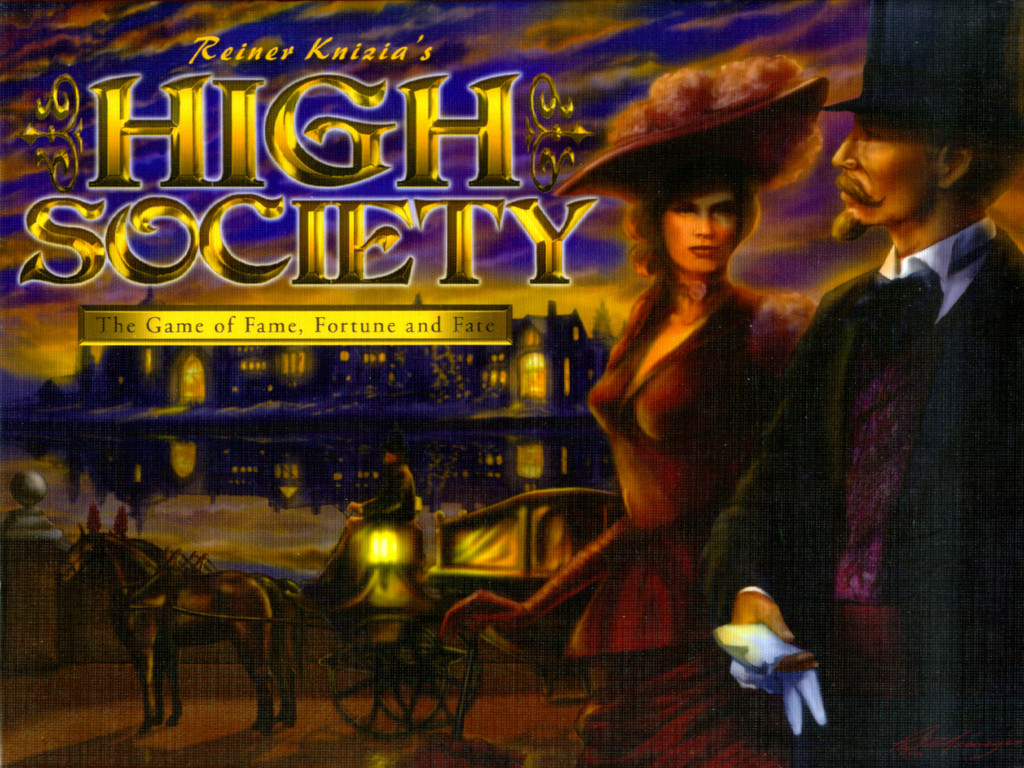
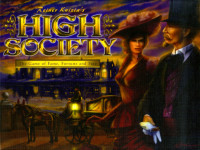
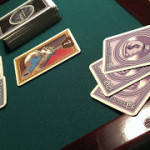


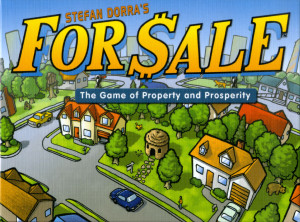


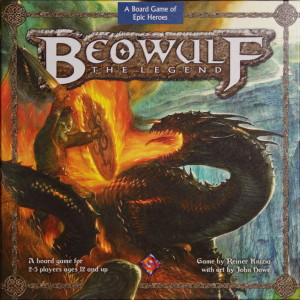

Sam says
What could have been a rather plain bidding game is transformed by the idea that the person with the least money left is eliminated. The result is a really tense game you can learn in five minutes and play in ten. Cracking!